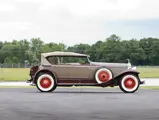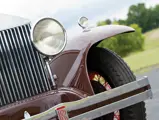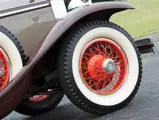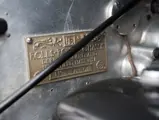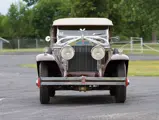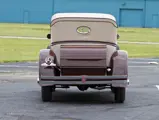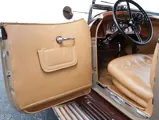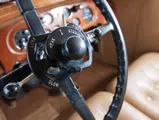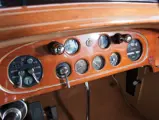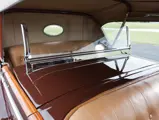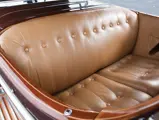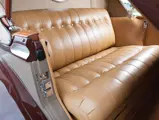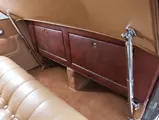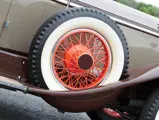
1929 Rolls-Royce Phantom I Ascot Tourer by Brewster
{{lr.item.text}}
$302,500 USD | Sold
{{bidding.lot.reserveStatusFormatted}}
- One of 28 Ascot Tourers built
- A well-known, genuine example
- Formerly owned by Stephen Antine as Massachusetts registration “RROC”
- Fresh, extensive engine rebuild by Steve Littin
- A wonderful CARavan or Rolls-Royce Owners Club rally car
40/50 bhp, 468 cu. in. overhead-valve inline six-cylinder engine, three-speed manual transmission, solid front axle with semi-elliptical leaf springs, live rear axle with cantilever leaf-spring platform suspension, and four-wheel servo-assisted brakes. Wheelbase: 146.5 in.
Rolls-Royce began to build automobiles in Springfield, Massachusetts, in 1921. The location was chosen for its proximity to major northeastern markets and important suppliers, as well as for the supply of skilled craftsmen trained in the armories of the Connecticut River Valley and the New England machine tool industry. The first 40/50-horsepower Silver Ghosts were shipped from England and assembled in Springfield under the direction of a cadre of some 50 experienced Rolls-Royce hands who emigrated from Derby.
Specifications slowly began to evolve. First, locally sourced components were substituted for those from English suppliers, and then, specific modifications were made to better adapt American-built Rolls-Royce automobiles to the North American market.
More significantly, the bespoke, custom-ordered coachwork that graced Derby-built chassis did not fit American buying patterns, so, from the beginning, Rolls-Royce offered standard coachwork, which was usually painted and trimmed to order. Bodies were ordered from a number of independent coachbuilders, in quantities of up to 20 at a time. They were badged “Rolls-Royce Custom Coach Work” and were mainly built by Brewster but also by Biddle and Smart, Hibbard & Darrin, New Haven, Merrimac, Smith Springfield, and Willoughby. By 1923, business was good enough for Rolls-Royce to establish its own coachworks in Springfield. These bodies were as good as anything built anywhere in the world. In design, they are considered to be among the most attractive, balanced, pleasing, and functional bodies ever built for any luxury marque.
The 40/50 HP Silver Ghost was superseded in 1926 by the Phantom I, which was suitably modified for left-hand drive and manufacture in the United States. Introduction of the Phantom I coincided with integration of Brewster’s coachworks with Rolls-Royce’s American operations and the addition of several new offerings, including the very attractive open Ascot, the Derby, and the Derby Speedster Tourers.
By 1929, further refinements included an aluminum cylinder head, chrome-plated exterior brightwork, flat-bar bumpers, servo-assisted four-wheel brakes, and thermostatically controlled radiator shutters. Highly evolved to adapt to the road conditions and driving preferences of North American customers, with ample parts and service support from both Rolls-Royce representatives and its network of U.S.-based suppliers, it is no surprise that, in this booming year, Rolls-Royce sold some 350 automobiles.
MASSACHUSETTS REGISTRATION “RROC”
The car shown here is one of 28 genuine Ascot Phaetons built. Its elegant lines are essentially the same as the highly regarded Derby Phaeton and its near-identical twin, the upswept rear-fender Speedster, and very similar to the extremely rare York Roadster. Refined by a nearly horizontal continuous concave accent at the beltline, raked single-piece windscreen, and gracefully flowing fenders, the Ascot’s sporting flair and superb proportions make it one of the most attractive of all open Springfield Rolls-Royces.
As a late example, this particular car has numerous desirable styling features, including flared front fenders, full splash aprons, and rounded headlamps. It also features a unique second cowl, in the manner of American dual-cowl phaetons. While most Ascots provided a windshield for rear-seat passengers, it was usually mounted directly to the back of the front seat. Importantly, this Ascot is also still mated to its original chassis, number S368LR, with which it was delivered on February 15, 1930, to Russell Phelps Kelley Sr.
Mr. Kelley was the son of railroad magnate William V. Kelley and eventually became an executive of Miehle-Goss-Dexter, the world’s largest supplier of printing presses. Significantly, he was also once married to Daphne Field, grandniece of Marshall Field; the Kelley family were major backers of the renowned Field Museum in its early years. As such, the original owner of this car traveled in the highest echelon of Chicago society. Along with his Rolls, Phelps Kelley resided on one of several family estates on a vast tract of land in Lake Bluff, Illinois.
In 1953, the Ascot was acquired by Edward S. Hansen, of Madison, Wisconsin. It later passed to Sidney Wells, of Glencoe, Illinois, and then to John C. Coval, of Wyckoff, New Jersey, who also owned another Ascot during this period. From Mr. Coval it was acquired by its longest-term owner, Stephen Antine, of Dartmouth, Massachusetts, in May of 1970. Mr. Antine owned this automobile for nearly 30 years, during which time it was regularly used and shown and was a well-known automobile in East Coast circles of the Rolls-Royce Owners Club. In fact, during its time in the Antine stable, the Phantom I’s Massachusetts registration was “RROC.” This ownership history is recorded by Rolls-Royce Foundation files, and a copy of their record for this car is on file. Further, during Mr. Antine’s ownership, the car also had its moment in the spotlight when it was featured in the 1978 film version of Harold Robbins’s novel The Betsy.
Within the last 10 years, the car underwent significant work. The paintwork was refreshed and has held up quite nicely, serving as an excellent contrast to the bright aluminum beltline molding. The subtle color scheme of maroon and pewter, set against a tan leather upholstery and orange wire wheels, has a wonderful period-correct appearance and feel. Most prominently, the car recently underwent some $40,000 in mechanical restoration, including a full engine rebuild, by renowned Rolls-Royce specialist Steve Littin in Chardon, Ohio, including installation of new cylinder blocks acquired from England and a new cylinder head with new valves and valve guides.
This is an important Springfield Phantom I with well-known history, its original sporting bodywork, and utter authenticity throughout, and the ex-Phelps Kelley and Stephen Antine Ascot Phaeton would be a cornerstone acquisition for any fine collection.

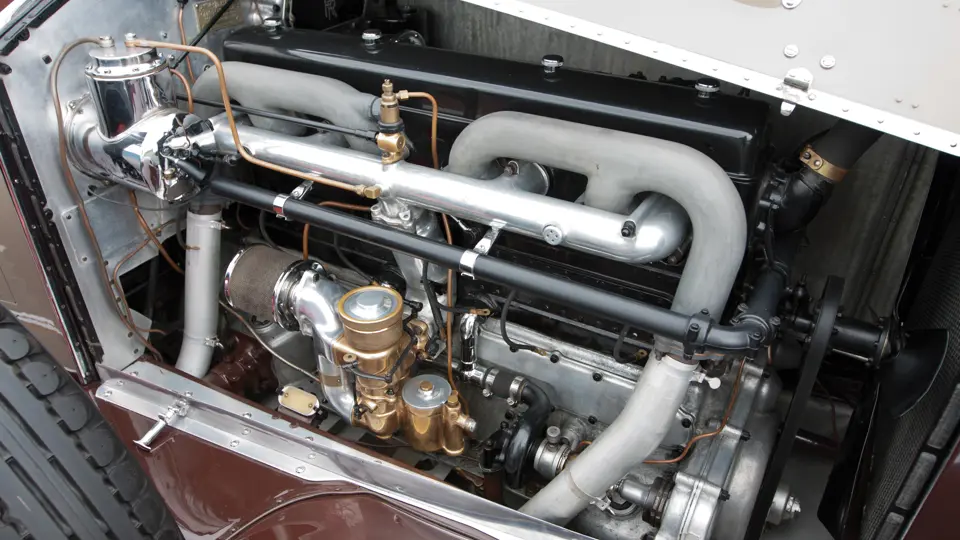
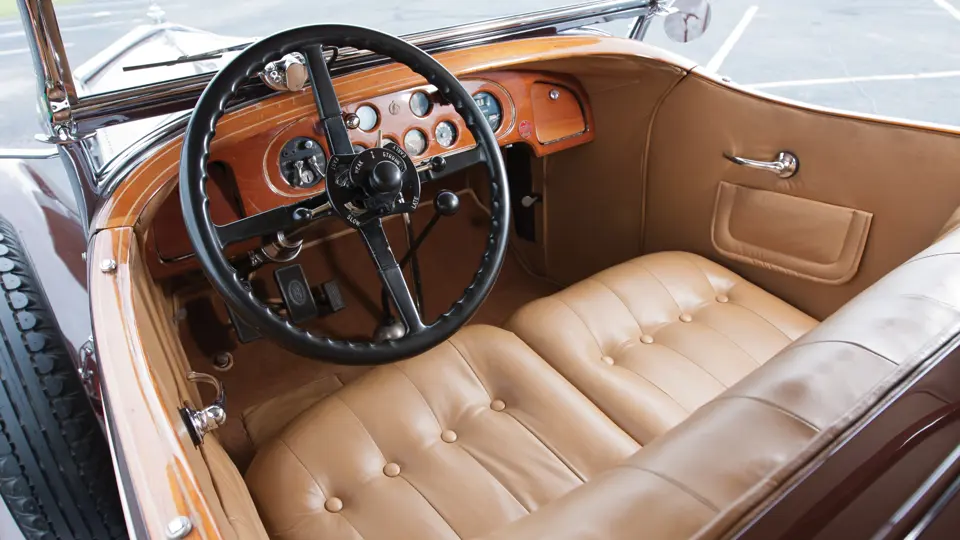

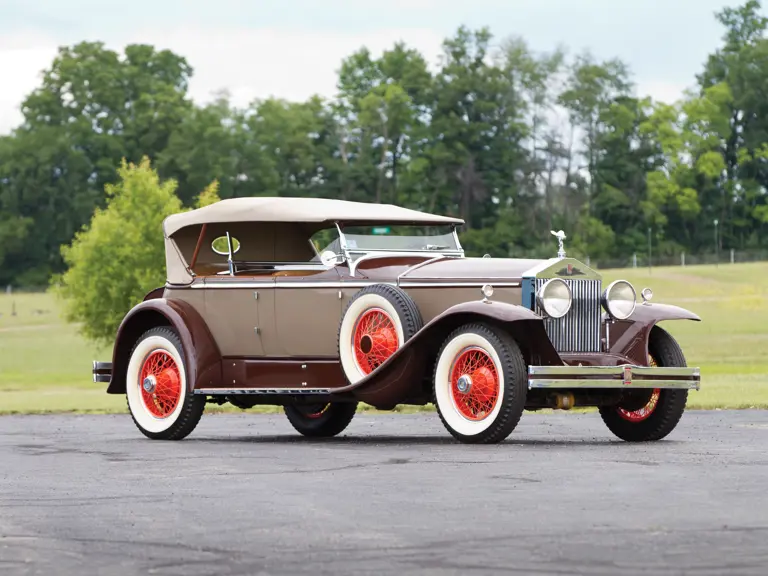

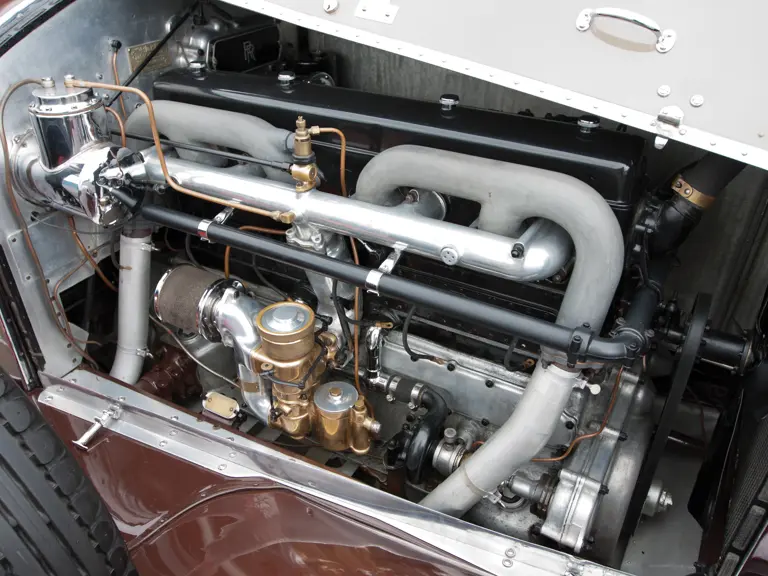
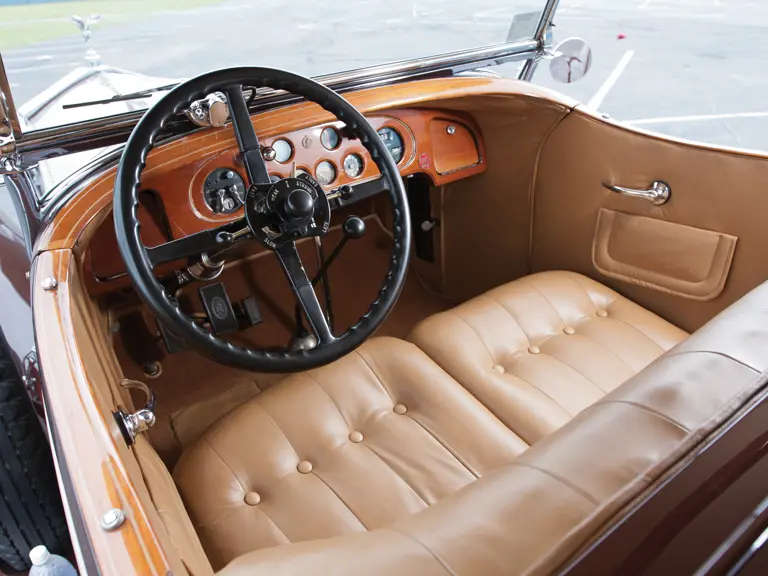
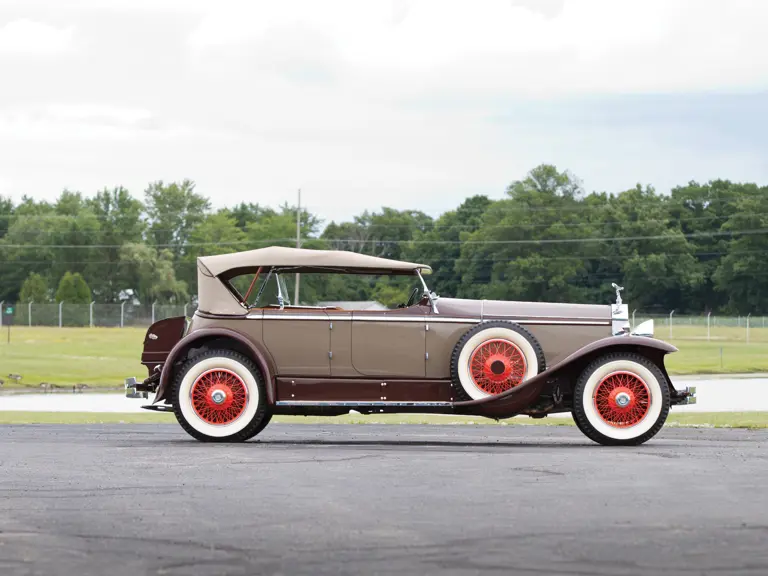
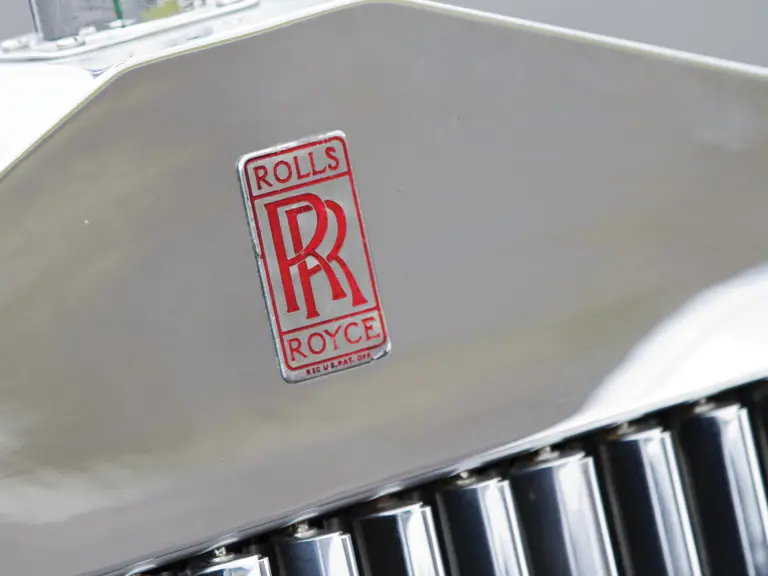
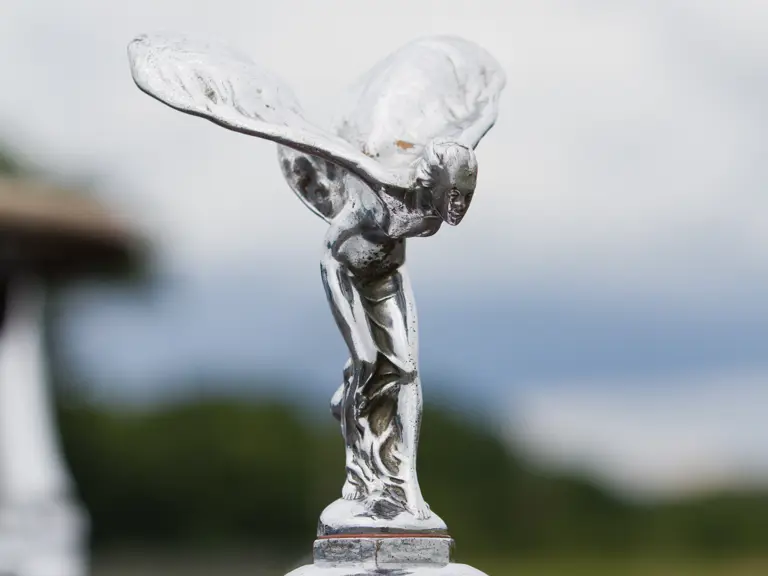
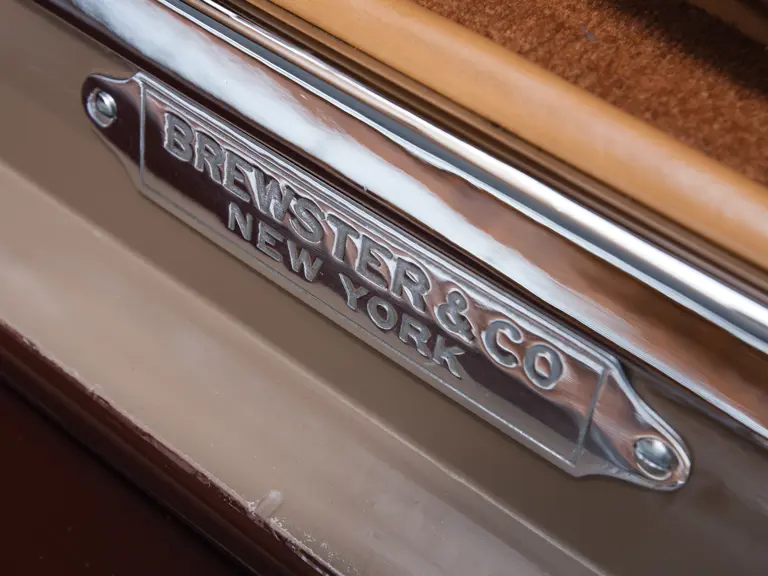
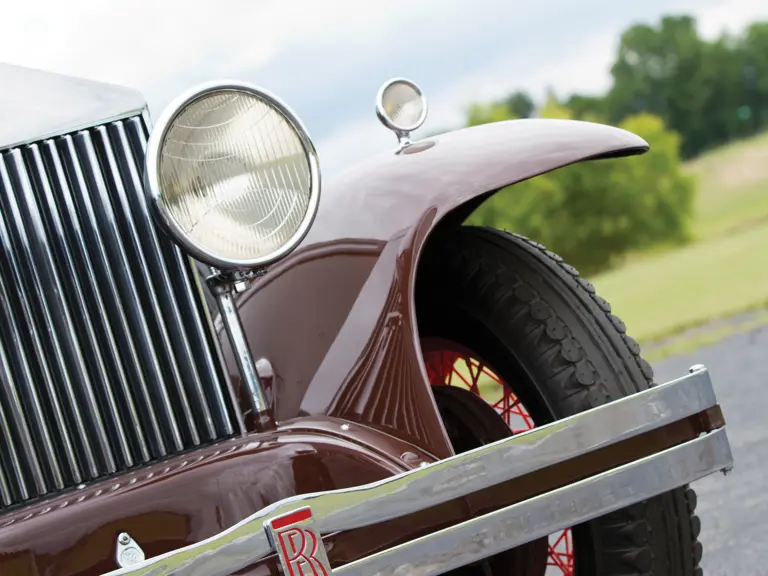
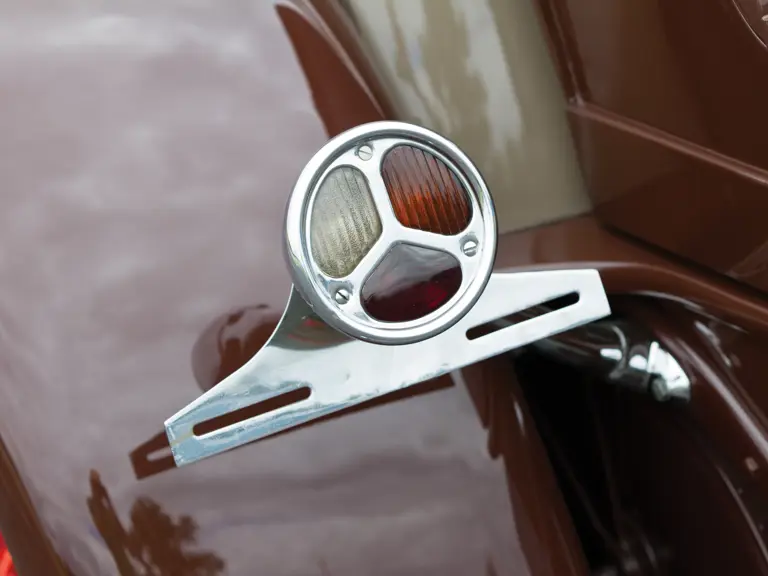





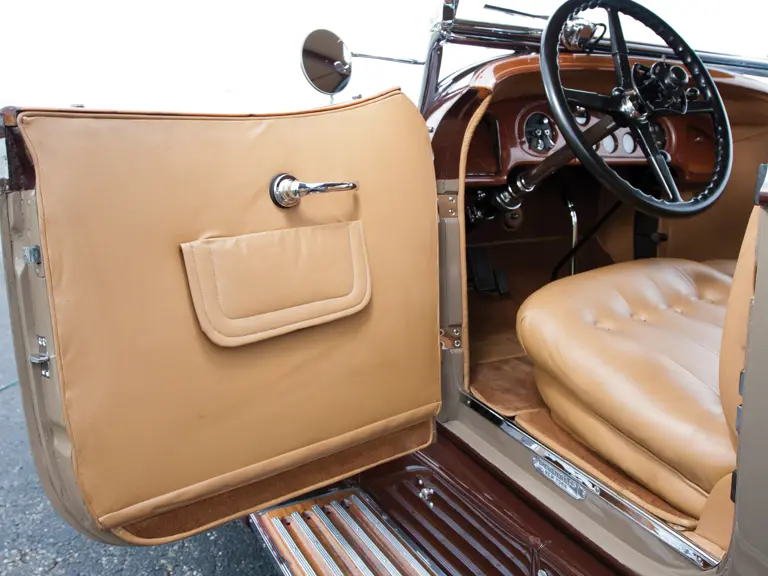
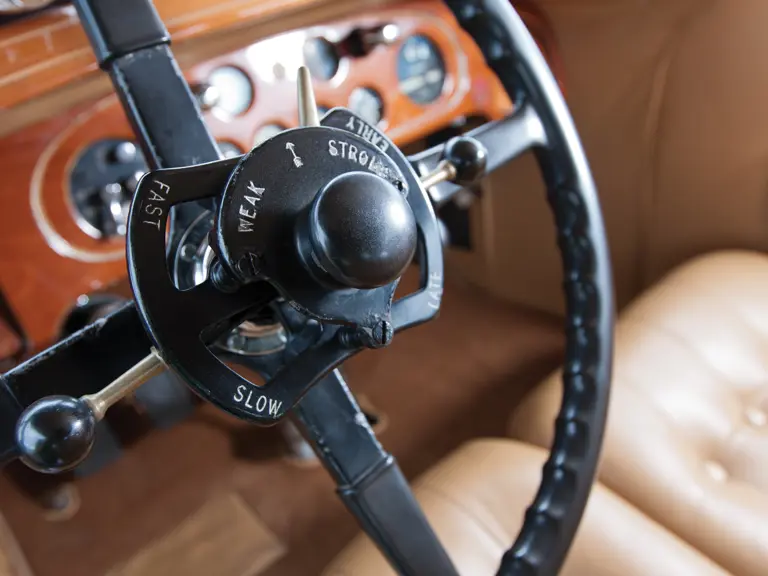
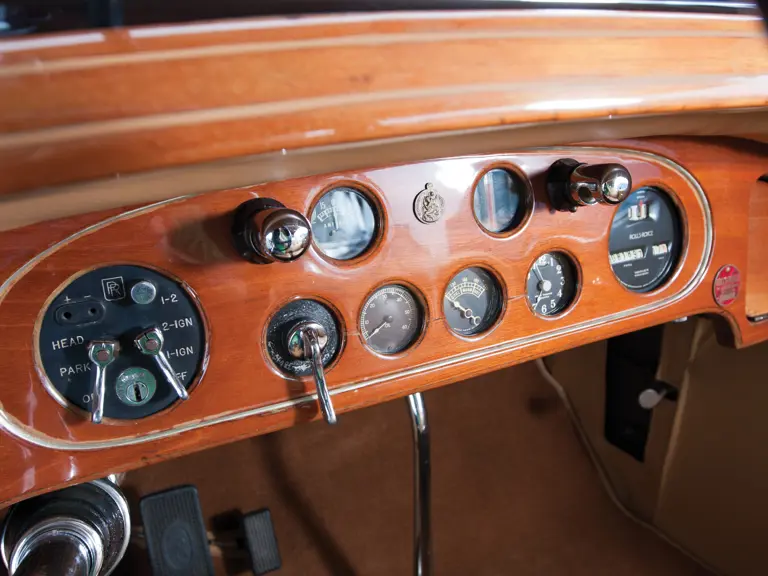
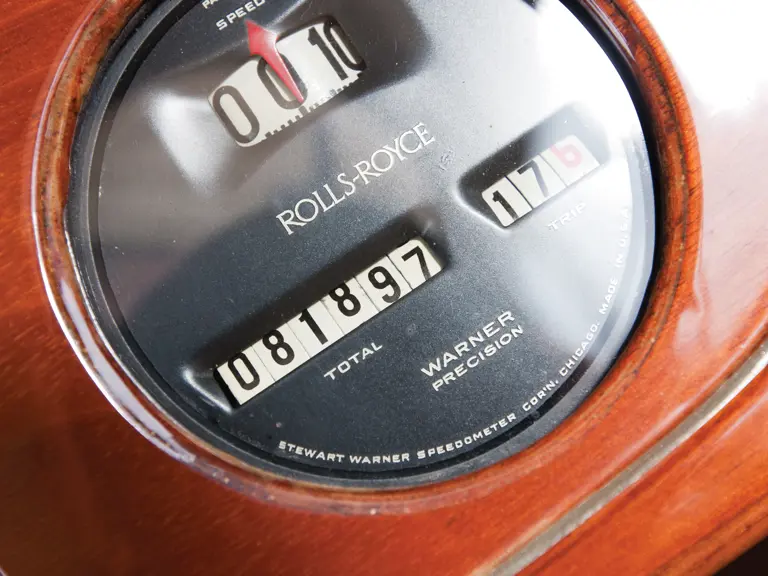
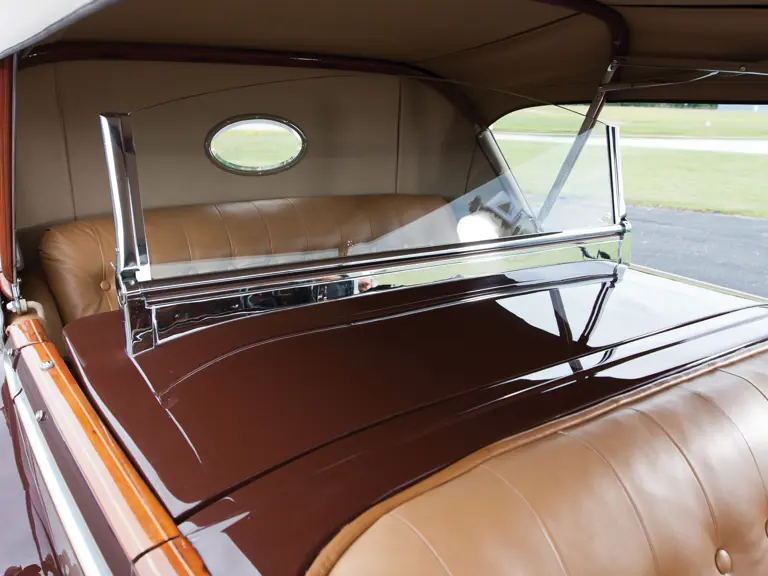
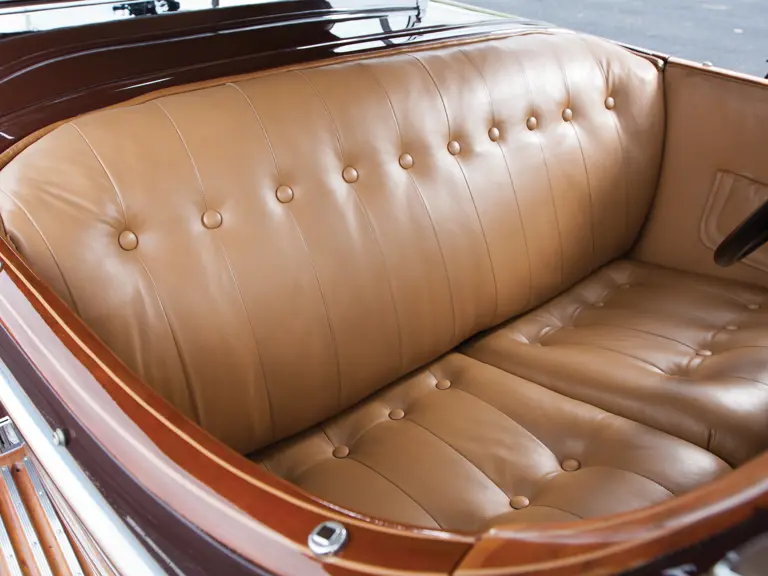


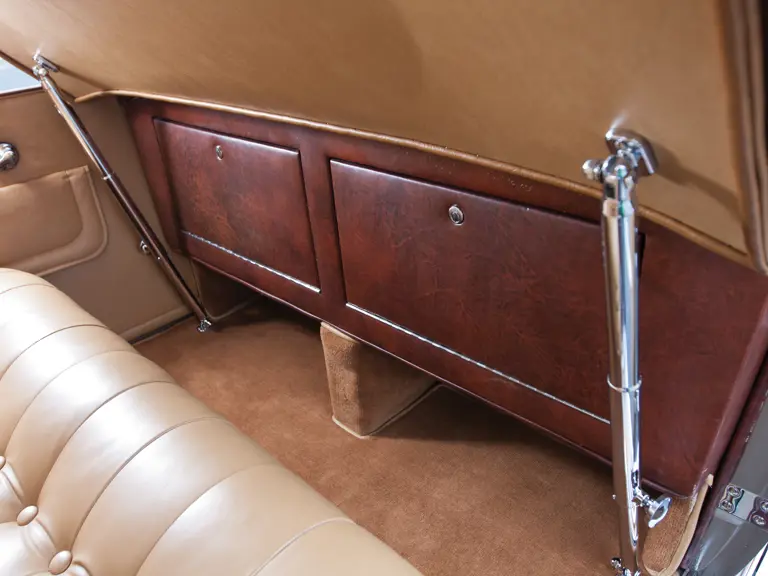
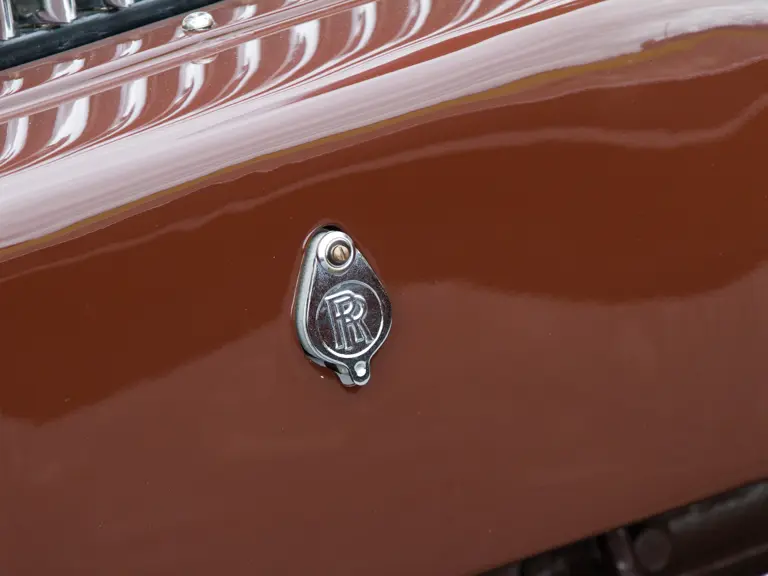
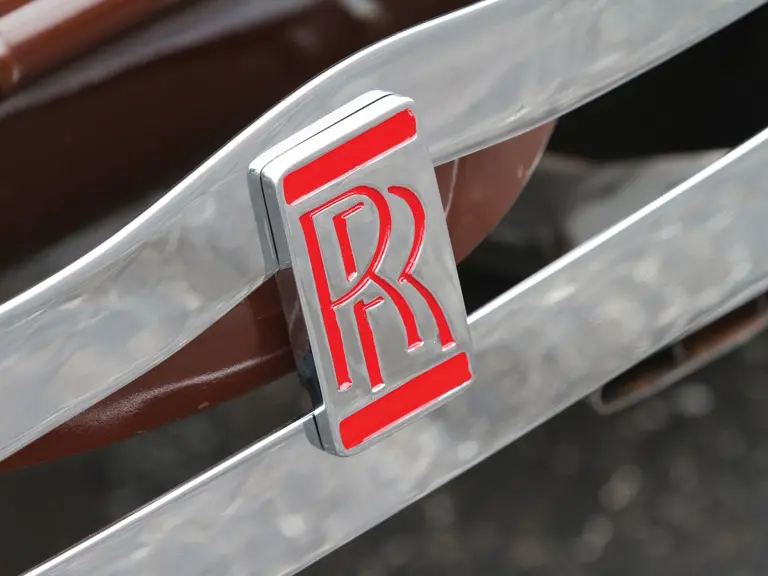
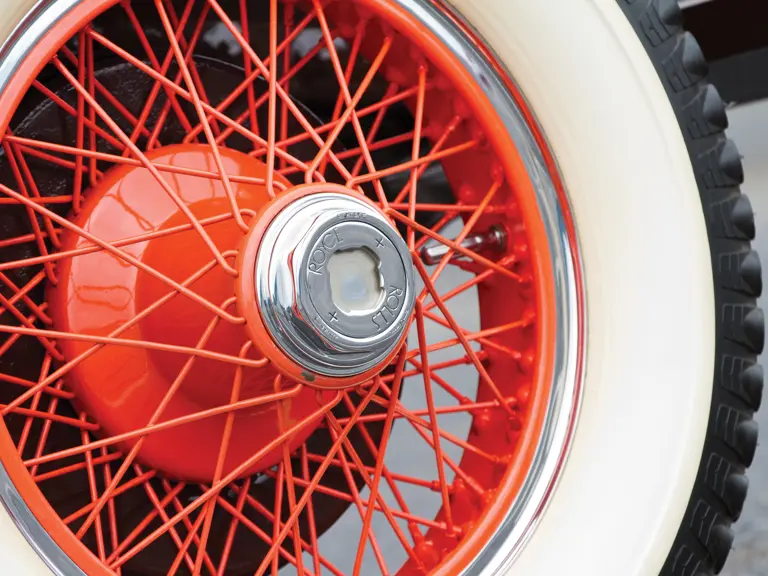

 | Hershey, Pennsylvania
| Hershey, Pennsylvania



